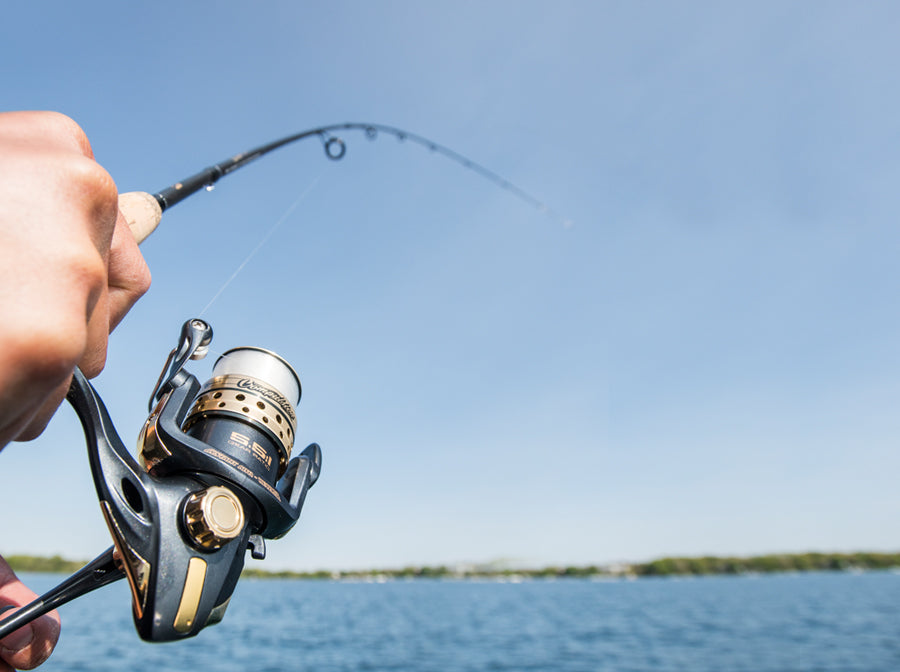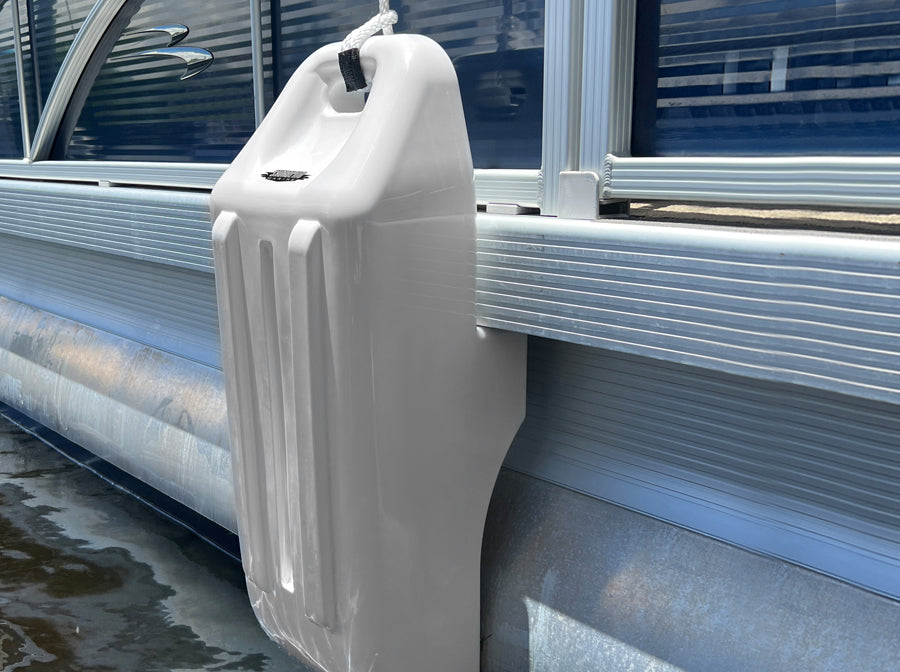New fishing lures and reels dominate headlines. Their performance may indeed be miraculous, but it’s the rod that does the heavy lifting when it comes to getting bait in front of lunkers, setting the hook and hauling them in.
Unlike yesteryear’s fishing poles of relatively standard construction, today’s rods harness modern technology and are available in a mind-boggling array of models, lengths and styles. Trying to select the right one can be a confusing endeavor, but with a basic understanding of freshwater fishing rod actions the field narrows significantly. Here are some insights and tips to help you find the best fishing rod action for your next trip.
From slow to fast, freshwater fishing rods are available in a variety of actions.
Bend, Flex and Jiggle
In simplest terms, fishing rod action is a rating of how much of the rod bends when applying pressure to its tip while holding the grip in a fixed position. The basic scale includes fast, medium (moderate) and slow.
It’s generally accepted that a fast rod flexes only in its top third, mediums might bend somewhere down to the middle and slow rods deflect all the way down into the lower third. The variety of materials and proprietary processes that go into their construction alter rating thresholds slightly between manufacturers and there is no widely accepted industry standard. The rudimentary scale does, however, provide critical information to weigh.
Extra fast, medium fast, moderate slow and other ratings that blur borders are common and largely self-explanatory. The rating also reflects how long it takes the rod to return to its linear position after releasing pressure from its bent rod tip. You might as well pull up a seat while you wait for some very slow models to quit jiggling, for example, while fast rods return to rest quickly.
Taper Deception
Rods of modern design have their diameter gradually decrease near the tip. That loss of material traditionally promotes flex and decreases action speed, given sufficient taper. Today, however, wall thickness can invisibly increase—along with stiffness—by adding material inside the unseen cavity within.
Bear in mind, too, modern composites are stronger than ever, and construction can change slightly from grip to tip. Those facts make visual taper a solid hint, but not necessarily an accurate reflection of freshwater fishing rod action.
The taper of a freshwater fishing rod doesn’t always indicate the action.
Casting Matters
The physics of making a cast—successful ones anyway—bring one facet of the ratings system clearly into focus. Potential energy builds as a fisherman brings the rod back and readies it to send the bait flying. That store of power, which is directly proportional to the rod and angler arm lengthؙ, converts to kinetic energy as the rod rotates forward. Much of it transfers to the terminal tackle when the line releases and, with sufficient skill and energy, the flight reaches the desired stretch of water.
Sound science, but there’s a hidden advantage in rods with flex. Their tendency to act like a whip when under load adds force, and that “snap” at release streamlines energy dump when it’s needed most.
Long, slow rods sound ideal for those distant casts in gin clear water, but there’s more to the story. Freshwater fishing rod action is also an indication of sensitivity.
Sensitivity and Hookset
Getting the right bait into fishy water at the right time is the first ingredient to success. But if you can’t tell when a hungry fish answers the dinner bell, your day will be a frustrating one.
Stiffer, fast-action rods are typically the most sensitive. Avoid line slack and you’ll feel every pebble you roll over and savor the pleasures of detecting light strikes and pressure bites. When fish go deep, it’s a huge advantage over slow and medium models.
Of course, there is a drawback. More of the energy you apply on a fast rod when reeling in a catch transfers directly to the hook and line. The increased number of break offs and lost hooksets can be frustrating for any angler, especially inexperienced fishermen who may not recognize the malady.
Fast-action rods are sensitive, but can be difficult for new anglers to master.
Which Fishing Rod Action is Best?
In general, when probing the depths with heavy jigs and worms, go with a fast action. That sensitivity is hard to beat when weather drives fish to the bottom. There is no denying, however, with practice they do yeoman’s work in many other situations.
Medium actions are better at catapulting crankbaits and other lures to those distant sweet spots. They may sacrifice sensitivity, but their middle-of-the-road performance in a variety of techniques makes them the most popular choice.
If you’re after trout or panfish, go slow. They let you make long casts with the light line needed for more hookups. The pleasure of seeing that rod bend over as a rainbow or crappie launches out of the water is a decided bonus, too.
Avid anglers have long resigned themselves to the fact that engineers are not going to uncover that Holy Grail of rods—one that is ideal for everything. For that reason, many bring multiple rods each designated for a particular duty like golf clubs. Expensive or sheer volume doesn’t guarantee success, however, and fish aren’t impressed with designer labels.
Selecting a freshwater fishing rod with an action matched to your target species, that fits your budget, is a wise investment—even if televised weigh-ins are in your future. That suitable candidate won’t be lure du jour glamorous, but it’ll do the heavy lifting without complaint or looking for headlines.
More Resources
How to Pick the Best Lure Color for Freshwater Fishing
Guide to Picking the Best Fishing Line
The One that Got Away: Six Ways that Anglers Lose Fish
Essential Fishing Tools for Your Tackle Box
Strategies to Optimize Your Fishing Tackle Storage






